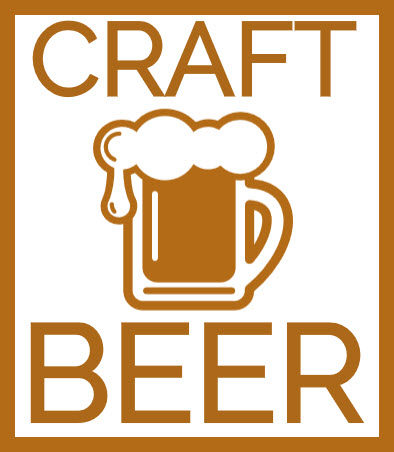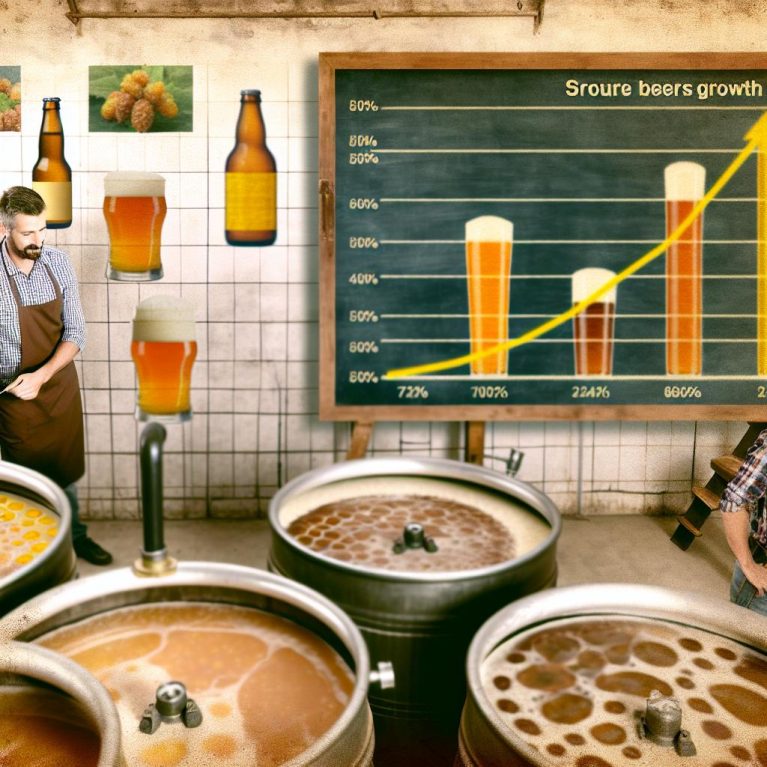The Rise of Sour Beers in the Craft Beer Market
The craft beer market has undergone a remarkable transformation in recent years. One of the most notable trends within this transformation is the rise in popularity of sour beers. These beers, known for their distinct tart and tangy flavors, have found a devoted fan base among a diverse group of beer enthusiasts. This article will delve into the intricacies of sour beers, exploring their origins, different types, reasons for their growing popularity, and the impact on the brewing industry.
What are Sour Beers?
Sour beers are defined primarily by their unique acidic taste, which is a distinct departure from the taste profiles of more traditional beers. This distinctive taste is primarily achieved through specialized fermentation processes that involve wild bacteria and yeast. Notable bacteria that play a crucial role in this process include Lactobacillus and Pediococcus. Additionally, the yeast Brettanomyces is often employed to cultivate the iconic sour flavor profile that sour beers are known for. The origins of these beers can be traced back to Belgium, a region renowned for its rich brewing traditions where these traditional methods have been meticulously practiced and preserved over the centuries.
Types of Sour Beers
The world of sour beers is rich and diverse, with several distinct styles each offering unique characteristics and taste experiences. Among the most popular styles are Lambic, Berliner Weisse, Gose, and American Wild Ale. Each of these styles is crafted using different techniques and ingredients, resulting in a wide array of flavors and aromas that appeal to a broad range of palates. For instance, Lambic is often fruit-infused and aged, whereas Gose is typically brewed with coriander and salt, lending it a savory twist.
Why Sour Beers are Gaining Popularity
The growing popularity of sour beers in the craft beer market can be attributed to several compelling factors:
Diverse Flavors: Sour beers provide a unique and refreshing taste experience that sets them apart from conventional beer offerings. Their complexities are notable, often featuring layers of fruitiness, spicy nuances, and earthy undertones that draw in curious tasters.
Craftsmanship and Tradition: The art of brewing sour beers frequently involves employing traditional methods and allowing for extended fermentation periods. This meticulous craftsmanship appeals to consumers who value the history and dedication poured into these beverages.
Food Pairing and Gastronomy: The complex acidity of sour beers makes them versatile candidates for food pairing, as their flavors can both complement and contrast the notes present in various dishes. This feature adds to their allure among gastronomy enthusiasts looking to elevate dining experiences.
Market Trends and Consumer Preferences
The surging interest in sour beers not only exemplifies the ongoing expansion of the craft beer market, but also mirrors broader consumer trends that prioritize novelty and artisanal quality. Current market analyses highlight a growing demand for sour beers, as more breweries venture into experimenting with these distinctive brews. The craft beer community has eagerly embraced the flavor diversity offered by sour beers, making them a staple in various brewery lineups across the globe.
Breweries Embrace Sour Beers
In response to the rising demand, an increasing number of breweries have broadened their offerings to include sour beers as part of their core portfolios. Some have even taken the step of specializing exclusively in sour beer production, adopting innovative brewing techniques that allow them to maintain a competitive edge in a crowded market. This experimentation often results in intriguing and bold new flavors that capture the attention of adventurous consumers.
Challenges and Considerations
Despite their growing popularity, the production of sour beers is accompanied by certain challenges. The brewing process is often more intricate and time-consuming compared to standard beers. It necessitates careful management of the brewing environment to prevent unwanted contamination. Furthermore, the distinctive taste of sour beers, while admired by enthusiasts, might not cater to every palate, which could potentially limit their consumer base.
Conclusion
The increasing prominence of sour beers within the craft beer market presents an exciting frontier that reflects the evolving tastes and interests of consumers. As more breweries invest both time and resources into mastering the art of sour beer production, it is highly probable that this trend will continue its upward trajectory, providing even more choices and innovations for beer lovers to explore and enjoy. For those interested in delving deeper into the dynamic landscape of the craft beer industry, esteemed industry resources such as the Brewer’s Association and Craft Beer & Brewing Magazine offer extensive insights and updates. The continued growth and evolution of sour beers is unquestionably an aspect worth watching as the craft beer market moves forward.

